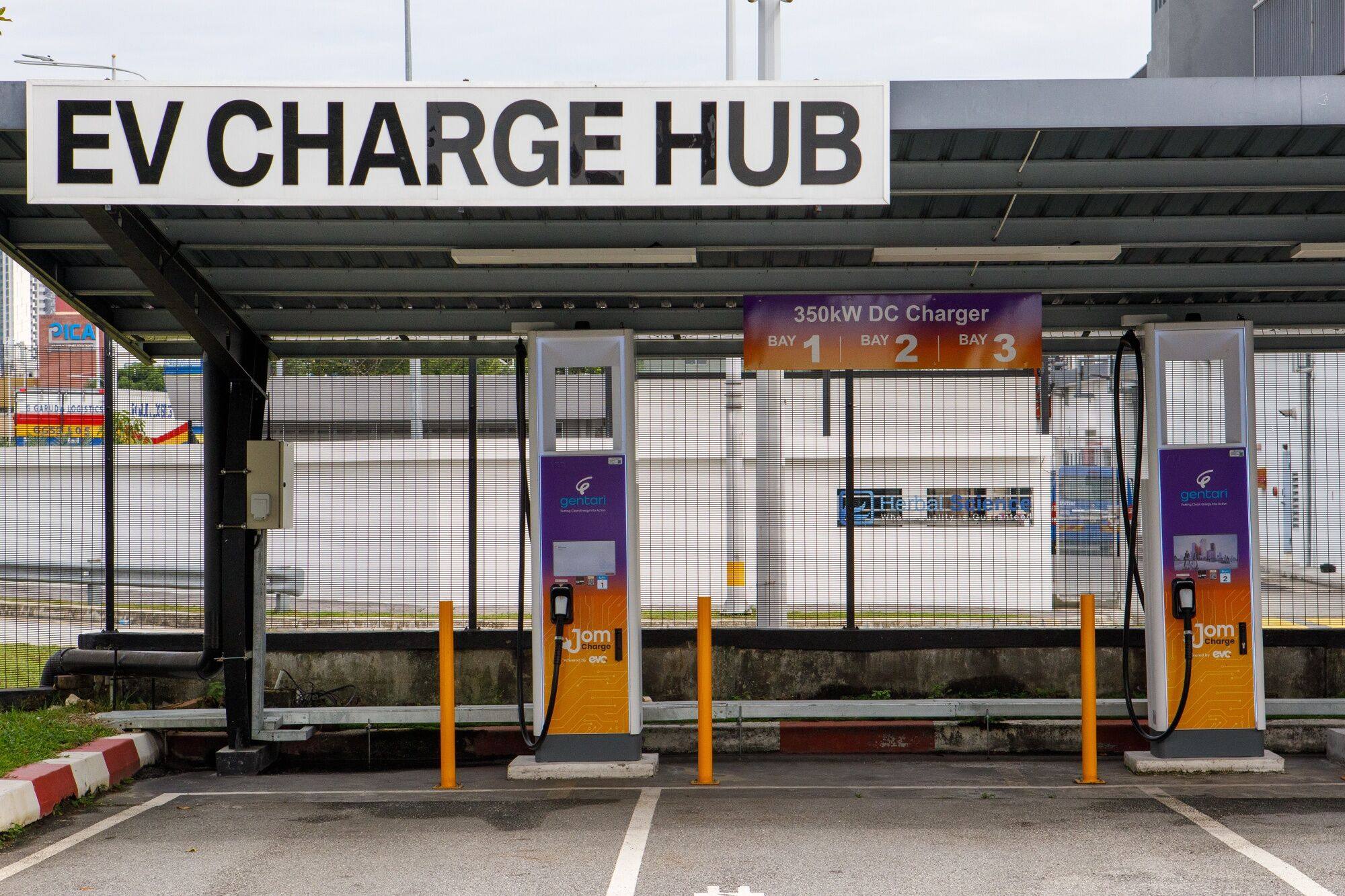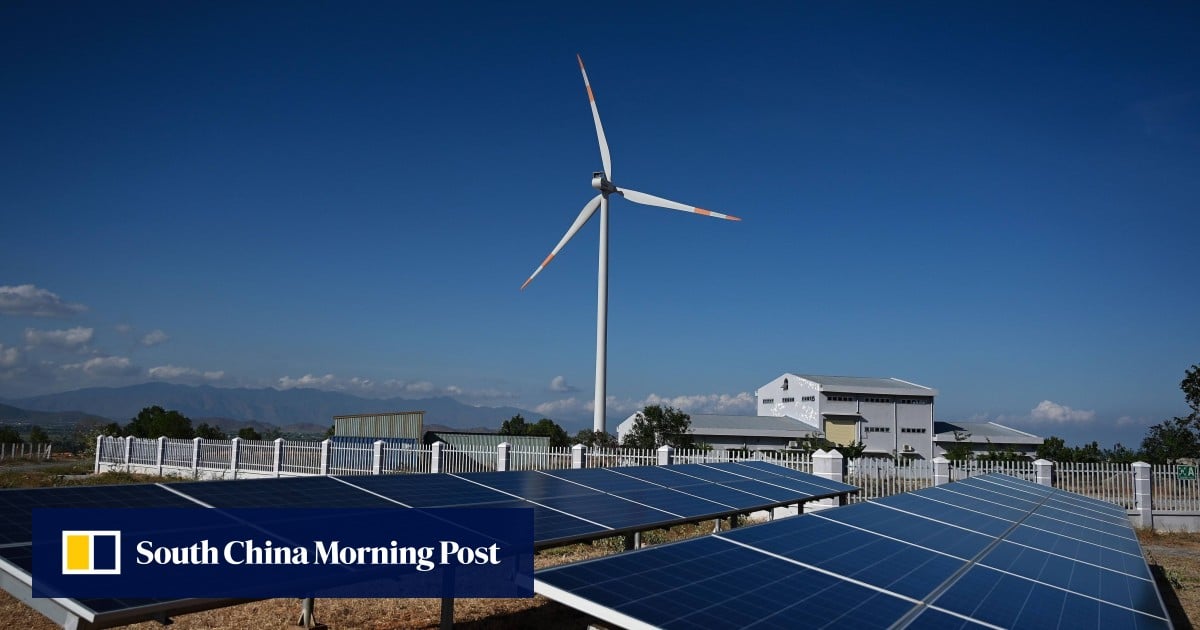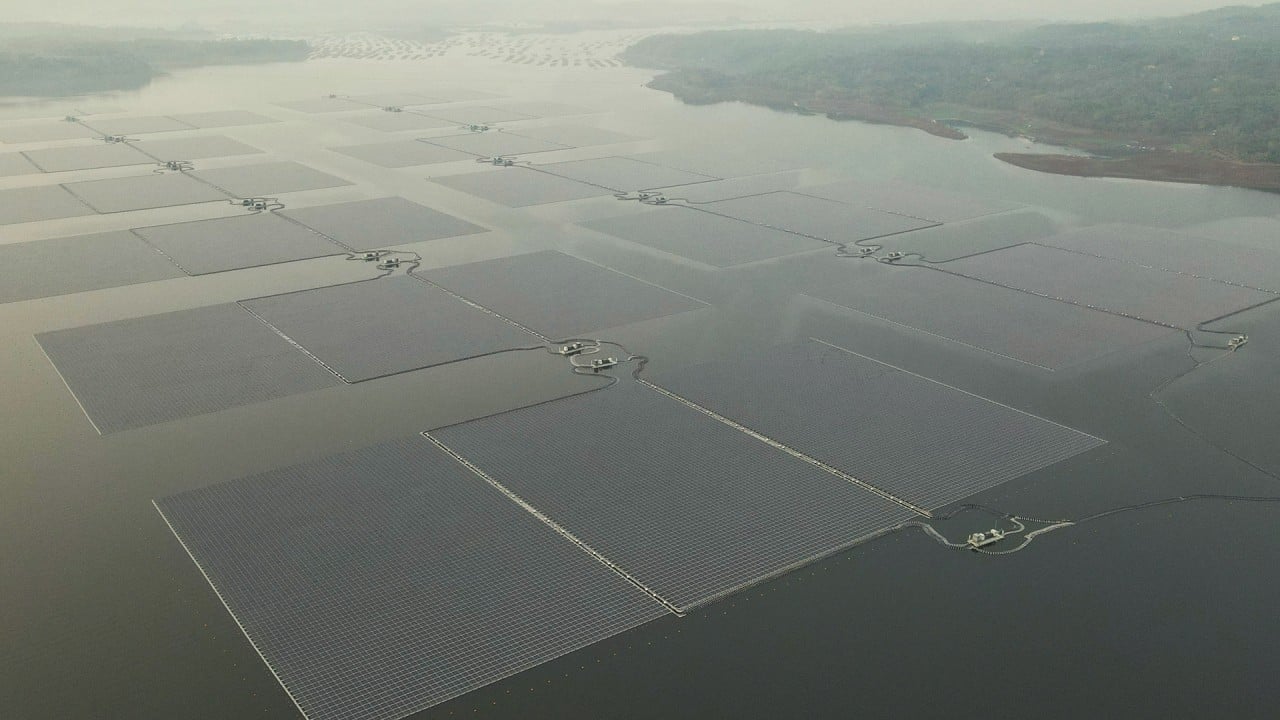“The result is that China has a dramatically larger capacity to export solar modules as 2024 and 2025 unfold, and the resulting global oversupply is pushing [solar] module prices down dramatically,” said Tim Buckley, Sydney-based director of Climate Energy Finance.
China’s export prices of modules have halved, and their efficiencies have improved dramatically because of investments in research and development, he said.
Can Red Sea attacks speed up Southeast Asia’s clean energy transition?
Can Red Sea attacks speed up Southeast Asia’s clean energy transition?
“There is sort of a buyer’s market which is being created, characterised by an oversupply of modules [because of China]. So this now makes it easier for the other Asian countries to look at solar as a viable option to expand their respective power systems,” said Aditya Lolla, the Asia Programme Director of energy think tank Ember.
But the challenges for other Asian countries are “very different” to China’s because of a lack of access to finance and mature markets for renewables, as well as inadequate grid infrastructure and battery storage systems, he added.
Geothermal power: Indonesia eyes ‘phenomenal’ renewable energy potential
Geothermal power: Indonesia eyes ‘phenomenal’ renewable energy potential
China has been developing and financing solar power projects in other Asian countries, especially in Southeast Asia.
As China invests more in overseas renewable projects, its supply of parts has helped companies in the region to build their capacities.

China’s financing in this area in the Asia-Pacific has mostly been on a short-term basis as opposed to a more longer-term financing, said Mike Lim, partner at TRIREC, a Singapore-based venture capital firm involved in decarbonisation.
Murky regulations, lack of finance
The regulatory environment in many Asian markets – where local investors have certain advantages or entitlements – also poses hurdles, he said. There is a lack of clear and consistent policy and incentives for renewable energy in the region, he added.
Many of these nations’ renewable roll-out plans could benefit if China were to share its insights on policymaking, government incentives and project monitoring, Lim said.
On the other hand, China’s installed wind and solar capacity will overtake coal for the first time this year, the China Electricity Council said in a report this week.
Global Energy Monitor said in a report earlier this month that it had catalogued 28GW of solar and wind capacity across Asean countries, with a 20 per cent increase in operational capacity since January 2023. There is also additional capacity either in the pipeline or being constructed across the Association of Southeast Asian Nations (Asean).
Investors pump billions into India’s green economy amid ‘favourable climate’
Investors pump billions into India’s green economy amid ‘favourable climate’
The region’s reliance on fossil fuels remains “substantial” with coal demand having accelerated during the pandemic even though natural gas has been promoted as a transitional fuel towards developing renewable energy, said Smith.
“Ultimately, these conditions send mixed signals to solar and wind developers about their place in Asean countries’ energy transition,” she added.
The Philippines, Malaysia and Vietnam are accelerating solar development, but their overall generation is too small to cover the electricity needs of the region, said Lauri Myllyvirta, lead analyst at the Centre for Research on Energy and Clean Air.
“The current situation means that Asean is missing out on affordable solar power that could boost economic development,” he added.


